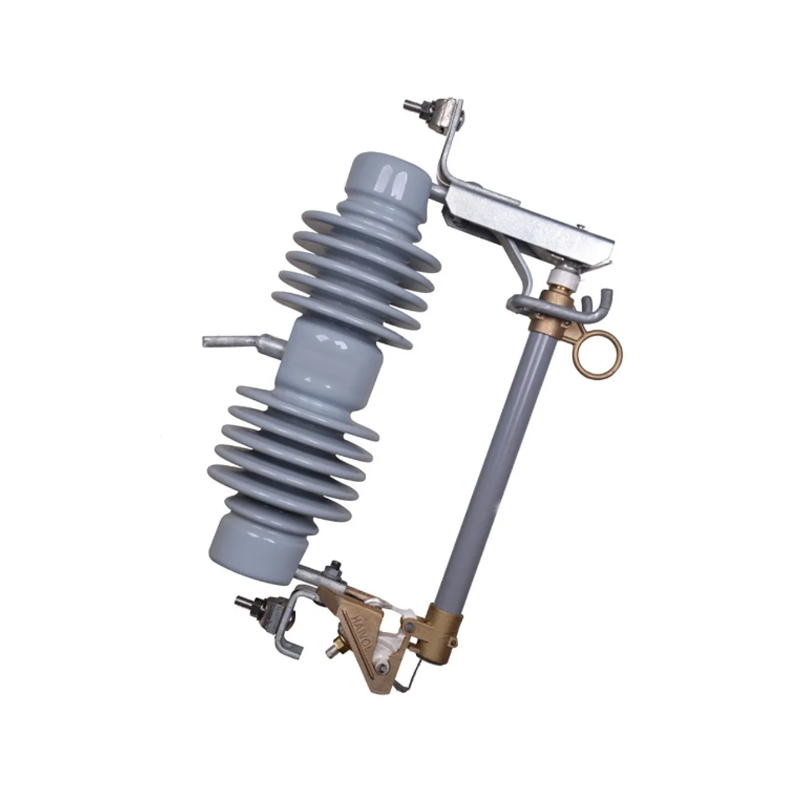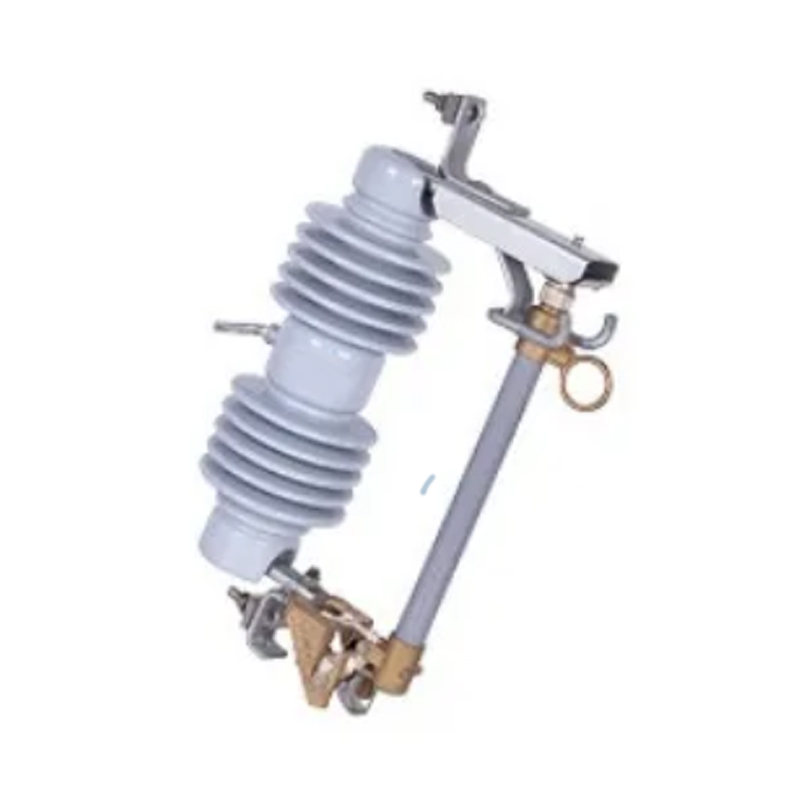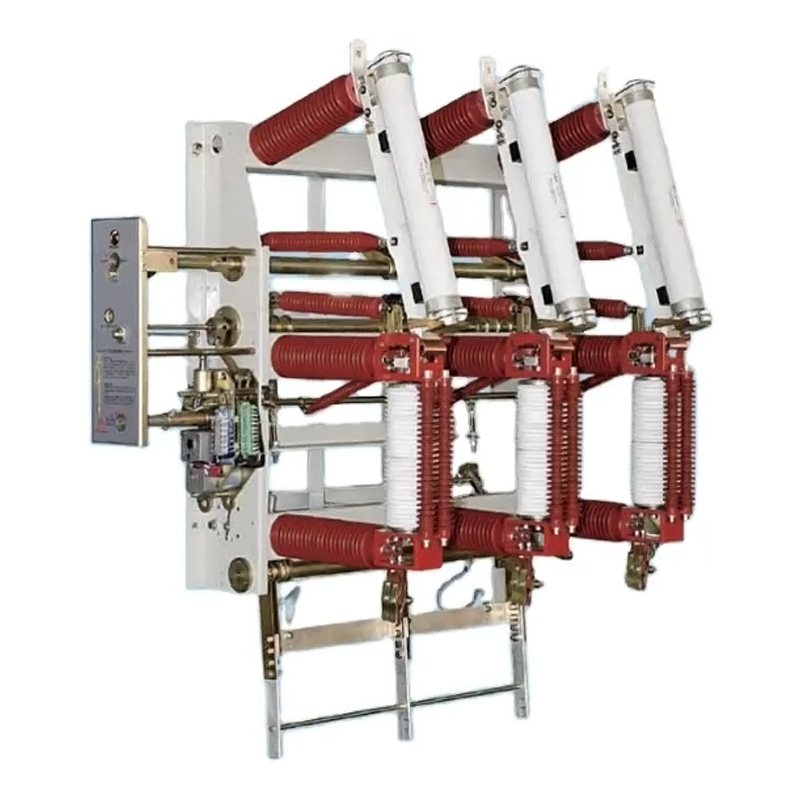Distribution Board Cabinet Manufacturing Supplier Maker
A distribution board cabinet, also known as a panel board or breaker panel, is a critical component in any electrical system. It serves as the central hub for controlling and distributing electrical power throughout a building or facility. These cabinets house circuit breakers, fuses, and other protective devices that ensure the safe and efficient operation of electrical systems.
The structure of a distribution board cabinet is designed to organize and protect electrical components. Key elements of the cabinet include:
The enclosure is the outer shell that houses all internal components. It is typically made from metal or high-quality plastic to ensure durability and protection against environmental factors such as dust, moisture, and mechanical impact. The enclosure is often fitted with a door that can be locked for added security.
Busbars are metal strips or bars, usually made of copper or aluminum, that distribute electrical power to multiple circuits within the cabinet. They are insulated and mounted securely within the cabinet to prevent accidental contact.
These are protective devices installed within the cabinet to interrupt electrical flow in the event of an overload or short circuit. Circuit breakers can be manually reset, while fuses need to be replaced after they have blown.
These bars are used for connecting neutral and earth wires from the incoming supply and outgoing circuits. The neutral bar ensures a return path for current, while the earth bar provides a grounding path for safety.
Terminals are used to secure wires and cables within the cabinet. They ensure reliable connections between the incoming and outgoing circuits.
Proper labeling of circuits within the distribution board cabinet is essential for easy identification and maintenance. Indicators such as lights or digital displays may also be included to provide information on the status of the electrical system.
The primary function of a distribution board cabinet is to distribute electrical power safely and efficiently. It achieves this by:
The distribution board cabinet divides the main electrical supply into subsidiary circuits, distributing power to different areas or equipment within a building. This helps in managing the power supply according to the specific requirements of each circuit.
By housing circuit breakers and fuses, the distribution board cabinet protects the electrical system from potential hazards such as overloads, short circuits, and ground faults. These protective devices automatically disconnect the power when an issue is detected, small the risk of fire or equipment damage.
Distribution boards allow for the control and isolation of electrical circuits. This is crucial during maintenance or in the event of an emergency, as it allows specific circuits to be shut off without affecting the entire power supply.
Some advanced distribution board cabinets are equipped with monitoring features that provide real-time data on power usage, voltage levels, and other electrical parameters. This information can be valuable for optimizing energy consumption and identifying potential issues early.
Distribution board cabinets are used across a wide range of applications, from residential homes to complex industrial facilities. Some common applications include:
In homes, distribution board cabinets are typically installed near the main electrical entrance. They distribute power to various circuits, including lighting, appliances, and HVAC systems, ensuring that each circuit receives the correct voltage and current.
In commercial settings such as offices, shopping malls, and schools, distribution boards manage the electrical supply to lighting, HVAC, elevators, and other essential systems. They are often designed to handle higher loads and may include additional safety features.
In industrial environments, distribution board cabinets play a crucial role in managing power distribution to heavy machinery, production lines, and control systems. These cabinets are often custom-built to withstand harsh conditions and may include advanced monitoring and control capabilities.



 English
English русский
русский عربى
عربى










